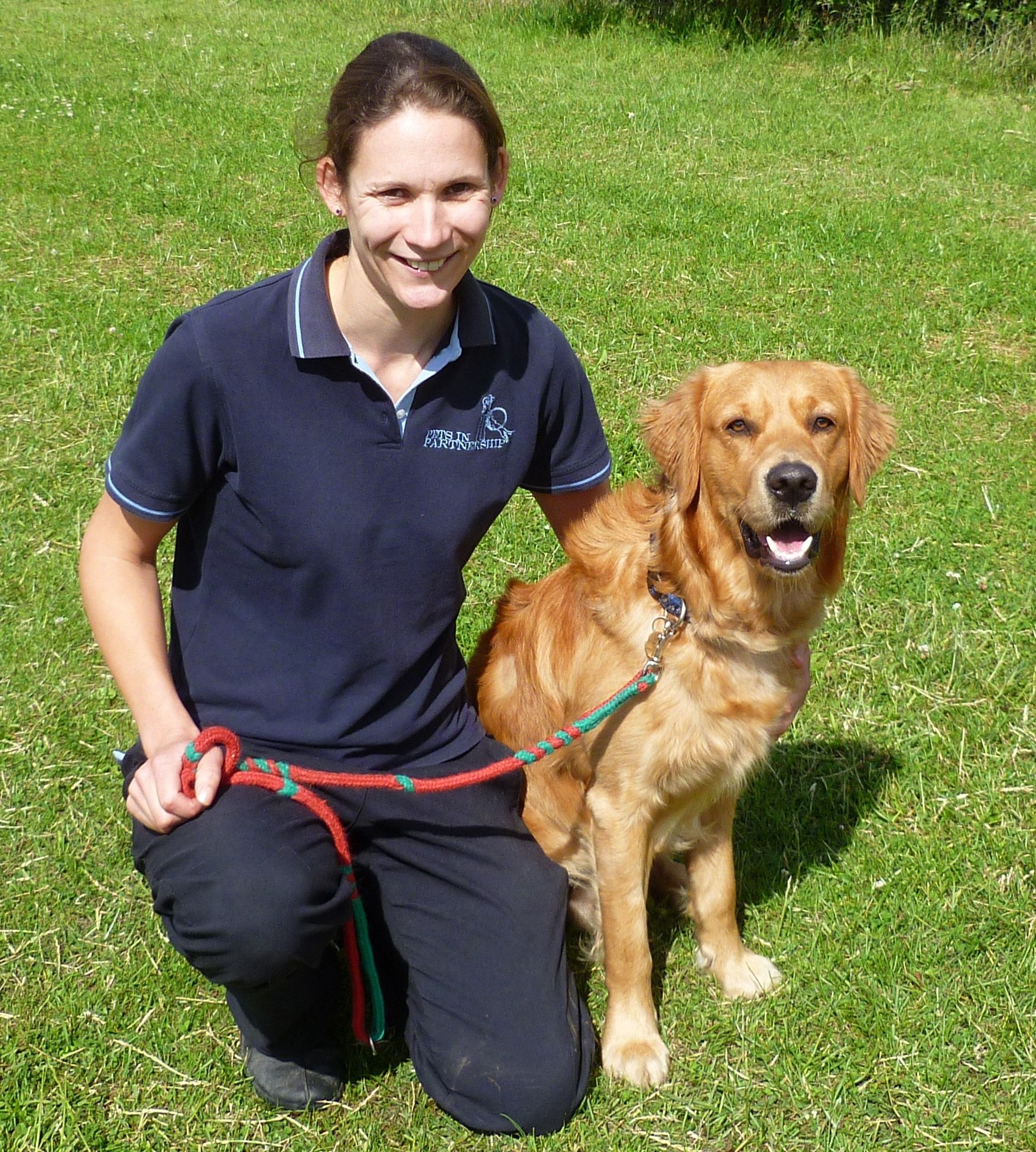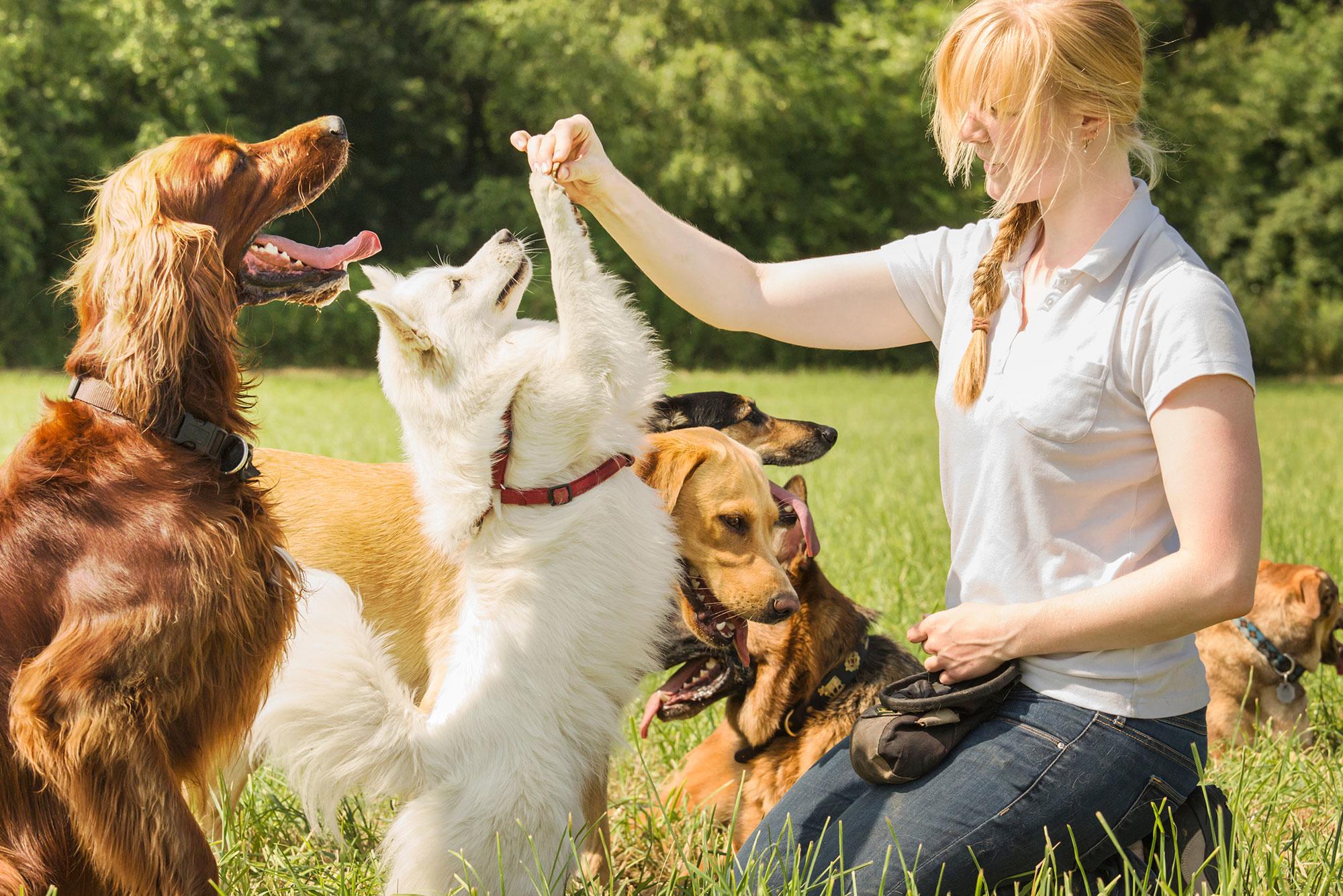The Importance of Patience and Understanding in Dog Training Practices
The Importance of Patience and Understanding in Dog Training Practices
Blog Article
Beginner's Guide to Effective Pet Dog Training in your home
Effectively training a pet at home calls for a nuanced understanding of canine habits and reliable interaction techniques. Establishing clear training goals, utilizing premium incentives, and maintaining uniformity across household participants are crucial aspects. Integrating training right into day-to-day regimens can boost both involvement and retention.
Recognizing Dog Actions
Recognizing pet dog behavior is necessary for efficient training and promoting a harmonious relationship between humans and their canine friends. Pets communicate largely via body movement, articulations, and faces, making it essential for owners to analyze these signals precisely. Identifying actions such as tail wagging, grumbling, or trembling can supply understandings right into a pet's emotion and objectives.

Usual behavioral problems, such as aggressiveness, stress and anxiety, or too much barking, typically stem from misunderstandings or unmet needs. Observing and attending to these issues promptly can avoid acceleration and make sure a positive training experience. By cultivating a deep understanding of pet habits, owners can tailor their training methods to fit their canine friends, inevitably causing a well-behaved and contented family pet.
Important Training Tools
A well-appointed training area can considerably improve the performance of dog training at home. Necessary training devices make sure that both the trainer and the pet dog can take part in effective sessions that promote understanding and bonding.

Purchasing a durable chain and a comfy, well-fitting collar or harness is essential for safety and security and control. These tools assist establish borders and ensure the canine remains secure during training. Additionally, a marked training location, complimentary from diversions, aids focus for both the fitness instructor and the canine.
Training help such as training pads, cones, or dexterity tools can additionally improve the experience by introducing selection and challenges. Having a note pad or electronic application for tracking development can be invaluable, allowing you to note successes and locations for enhancement. Utilizing these important tools will produce a positive training setting and lay the structure for effective knowing.
Creating an Educating Routine
Developing a consistent training regimen is important for efficient dog training at home. A well-structured regular not just aids in strengthening wanted behaviors yet also supplies your dog with a feeling of safety and predictability. To develop an effective training routine, start by recognizing details training objectives, such as basic commands, leash walking, or house-breaking.
Select a designated time every day for training sessions, ideally when your dog is responsive and sharp. Sessions needs to be brief, about 5 to 15 minutes, to maintain focus and avoid tiredness. Uniformity in timing and atmosphere will boost your pet's understanding experience.
Include training into daily activities to reinforce skills. Method commands throughout strolls or mealtime, which integrates finding out right into all-natural routines. In addition, stay versatile and adjust the regular as needed, fitting your pet's power degrees and mood.
Favorable Support Techniques
Positive support techniques are essential to efficient canine training, advertising desired behaviors through benefits as opposed to punishment. This method uses favorable stimuli, such as treats, appreciation, or play, to encourage pets to duplicate certain activities. The foundation of this method is timing; incentives must be provided right away adhering to the preferred behavior to produce a clear association.
When carrying out favorable support, it is vital to pick incentives that are inspiring for your pet. High-value deals with, such as little pieces of poultry or cheese, can be particularly effective throughout training sessions. Furthermore, differing the benefits can maintain your pet dog's interest and excitement.
Begin with easy commands, like "rest" or "remain," and progressively progression to a lot more intricate tasks. Uniformity is key; make sure that all relative use the exact same commands and incentive systems to stay clear of confusion.
Additionally, it is vital to continue to be client and prevent frustration. Pet dogs, like human beings, discover at their very own pace. By fostering an encouraging training atmosphere through positive reinforcement, you can boost your canine's learning experience while strengthening the bond between you and your fuzzy friend, preparing for successful training results.
Usual Training Difficulties
While educating a dog at home can be a fulfilling experience, it typically features a set of typical challenges that can examine both perseverance and uniformity. One common concern is disturbance. Canines may become conveniently sidetracked by sounds, movements, or also scents in their setting, making it difficult to preserve their emphasis throughout training sessions.
Another challenge is variance in commands and reinforcement. If relative use various signs or incentives, it can prevent and perplex the pet progression. Establishing a unified method is vital for efficient communication.
Additionally, pets can experience aggravation or tension, particularly if they do not understand what is expected of them. This can result in undesirable actions, such as barking or chewing.
Finally, the timing of reinforcement is vital (Dog training). Delayed incentives can reduce the performance of positive reinforcement, as pets might fail Source to attach the habits with the incentive
Getting rid of these difficulties requires dedication, clear communication, and an organized training plan. Recognizing and addressing these usual barriers will certainly lead the method for an extra successful and delightful training experience in the house.
Final Thought
In conclusion, effective pet dog training at home demands a thorough understanding of canine actions and efficient interaction strategies. By establishing clear training objectives and making use of top notch deals with together with positive reinforcement, the training process ends up being a lot more fulfilling for both the pet and the fitness instructor.
Developing a constant training routine is crucial for reliable pet dog training at home.Favorable support techniques are fundamental to effective pet dog training, you can try this out advertising preferred habits with benefits instead than punishment (Dog training). By promoting a supportive training environment via favorable reinforcement, you can improve your canine's discovering experience while reinforcing the bond between you and your fuzzy companion, laying the foundation for effective training outcomes
In conclusion, effective pet dog training at home requires a detailed understanding of canine habits and effective communication methods. By establishing clear training objectives and making use of high-grade deals with alongside positive support, the training process comes to be extra satisfying for Find Out More both the instructor and the canine.
Report this page